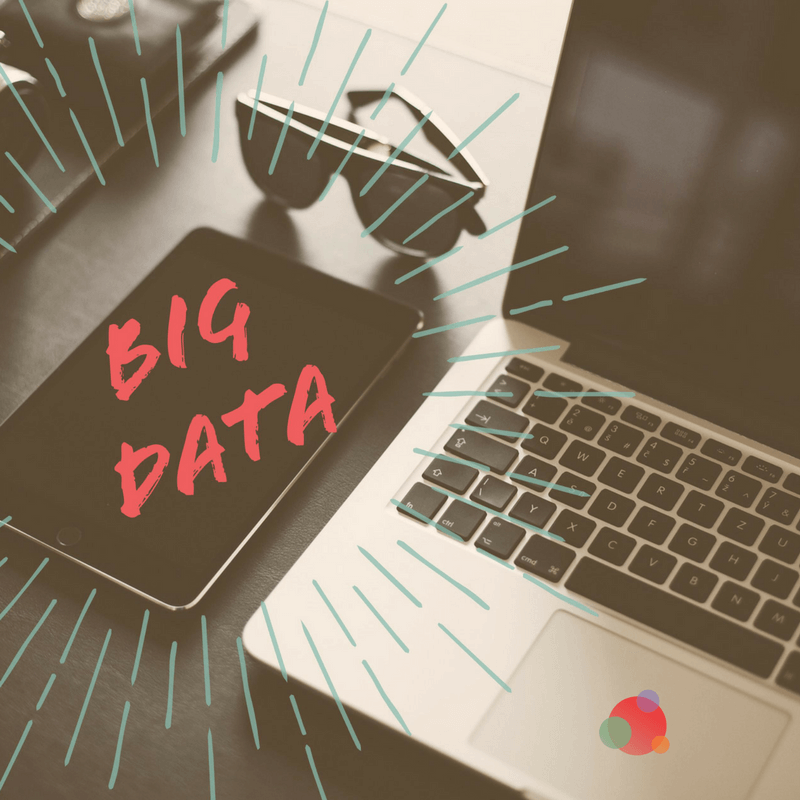 As business analysts have been telling marketers for a decade, the value of big data is not a mirage.
As business analysts have been telling marketers for a decade, the value of big data is not a mirage.
Big data can generate vast quantities of data to provide actionable intelligence in real time.
More to the point, as mathematician Cathy O’Neil illustrates in her new book, Weapons of Math Destruction, the algorithms pulling from these data sets are already affecting the way we live and do business.
For CMOs, marketers and communications professionals, the pitfalls of big data are everywhere.
But they are rarely noted on a map or business plan.
Even when a business is gathering all the right information accurately, one of the most common pitfalls is the time-suck.
In fact, recent research from global business consultants EY revealed that fewer than half of big data analytics programs actually meet their ROI goals.
Faced with billions of bytes of data and millions of ways to slice them, marketers should start with the big data meta-question: “Are we asking the right question?”
Aligning Big Data and Attribution Modeling
Recently, I was in a client meeting discussing the value of social media to their business goals.
The client put it simply: “It has to do one of two things: Make us money, or save us money.”
A decade ago, this would have given pause to a social media or PR professional.
Today, we’re prepared for these questions by making sure we have consensus on business goals early on.
In this client’s case, we have built an entire team and a set of metrics around meeting their business goals.
So, answering the question was a matter of connecting the dots back to acquisition metrics.
Metrics we had settled on a while ago.
For other clients, we are taking an even more direct route between big data and their business goals: Attribution modeling.
Imagine a customer walking into a store for the first time.
Now, in your mind, freeze that image.
Hit rewind on your mental DVD.
Go back to all the marketing touchpoints that influenced his decision.
Maybe he saw an ad for the store on Waze while he was stuck in traffic.
Then, while searching Google, he saw a display ad for the store.
Attribution modeling gives businesses the ability to track those customer experiences which led to a store visit or purchase decision.
It also allows marketers to compare the value of different marketing channels to optimize their media spend.
Essentially, it provides an “apples to apples” comparison for many of the tactics which fit within the PESO model, including:
- Paid and organic search
- Affiliate marketing
- Display ads
- Social media
- Traditional advertising
- Media outreach
- Marketing at the point of sale
By analyzing which channels are the most cost-effective, marketers can use the outcome to plan future ad campaigns.
Attribution Modeling in Action
Recently, Domus collaborated with QuickChek, a retail-based client, to build an attribution modeling program which answered some of its most pressing business questions.
Together with PlaceIQ, a location-aware media targeting and measurement platform, attribution modeling increased visits to QuickChek locations among loyal customers and attracted new visitors away from competitors.
Against a control group, the attribution modeling program increased store visits more than 80 percent.
Here, we worked with the client to answer the right questions: “Can we use mobile channels to build brand loyalty among our current customers? Can we attract new customers away from their current behavior patterns? Most of all: Can we do this in a way which justifies the investment in attribution modeling?”
The answers: Yes. Yes. And yes.
This has made all the difference.
Now, armed with the right answers, we are building marketing campaigns which deliver a higher return on investment.
We’re also providing insight to address longstanding challenges.
Because, even though big data may seem new, it can still address some of the most enduring questions in any industry.
Three Suggestions for Marketers Tackling Big Data
- Align your metrics. Resist the temptation to create new goals, or use new metrics for new marketing projects. Instead, connect the dots between big data ROI and current measurable business goals.
- Assess your data sets. Fight the urge to start anew. Instead, collaborate internally to find what data different departments are collecting. Involve everyone from customer service to social media and information technology.
- Define your ROI. As the EY evidence demonstrates, understanding the potential return on your big data investment helps create a benchmark for success. And, if your program doesn’t hit its ROI goal, understanding why can help guide future programs.